
Ruinart recently launched its ‘second skin’ case, a stylish and more sustainable alternative to the traditional champagne gift box, as pictured above with the Brut Rosé NV and Blanc de Blanc .
Sometimes it’s the supplementary parts of art fairs that we miss the most. For yesterday’s virtual preview of Frieze art fair, we recreated the most excellent private Ruinart champagne event, which usually takes place this week, with a little tasting of their range at home
What will you miss most about the seminal Frieze London Art Fair moving this year from tents in Regent’s Park to an online-only existence, prompted by the pandemic?
Perhaps it will be the frisson of excitement of bumping in to collectors, curators and dealers from around the world expressing their way between the different booths at the pre-preview. Or maybe it will be the talks; or the onsite cafés, where can find yourself standing next to a museum director from LA and a young billionaire from Shanghai while sipping a cup of coffee and finding there is nowhere to sit and catch up on emails. Or, if you are fortunate, the buzz of the Deutsche Bank Wealth Management lounges, where collectors and private bank clients gather to sip on endless champagne and nibble perfect canapés.
Follow LUX on Instagram: luxthemagazine
Then there is the physical art, of course. The two fairs, Frieze London and Frieze Masters, at opposite ends of the park, which at best offer an unparalleled art museum experience – a walk around Frieze Masters in particular affords a view of some of the most significant artworks in the world, perhaps on display for the last time in decades or centuries.
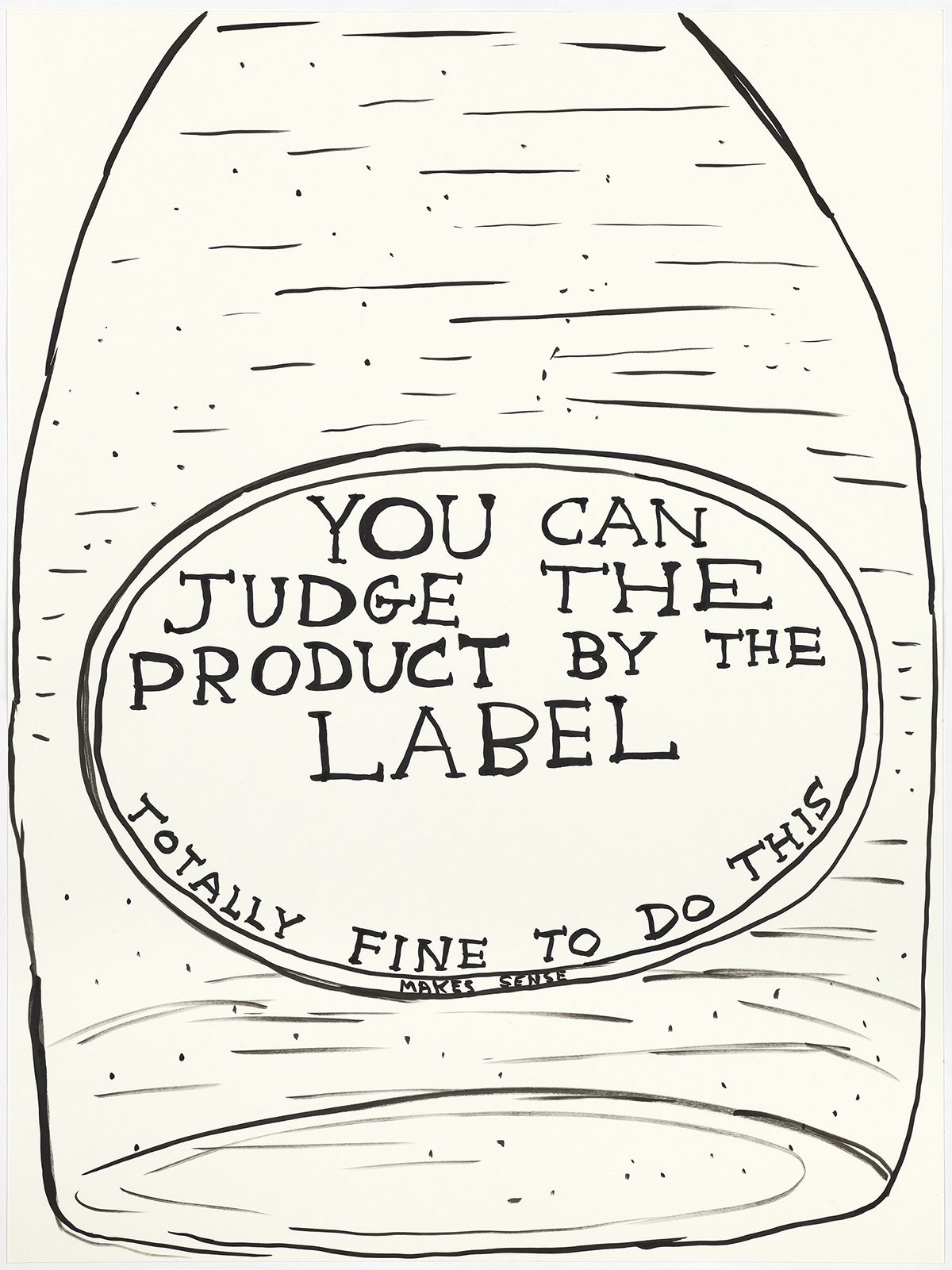
A print from David Shrigley x Ruinart’s ‘Unconventional Bubbles’ Series that was scheduled to feature in The Ruinart Art bar at Frieze 2020
We are missing all of that, but on a more social note, we also missed the brilliant annual Ruinart event in their VIP zone. This low-key gathering always brings together a selection of art collectors, artists, champagne connoisseurs and selected media, and feels very old school and decadent in offering an unlimited flow of Ruinart Blanc de Blancs in the late afternoon of the preview day.
Read more: British artist Marc Quinn on history in the making
For anyone who is a connoisseur of both art and champagne, it is also unique, as the champagne on offer at art events around the world is usually only marginally better than at fashion events, which is to say standard issue and not very interesting at all. The Blanc de Blancs is in a different league.
There was no Ruinart event this year, so LUX decided to create our own, by tasting a range of the Maison’s champagnes, with a couple of our favourite people, while clicking through some excellent artworks on a laptop. Needs must.
Our tasting notes are as follows:
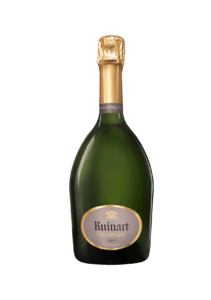
Ruinart Brut NV
Ruinart Brut Non Vintage
In years past, this was a slight and rather forgettable champagne. But, unlike the stick thin Frieze Art Fair VIP guests, it has gained a little weight in all the right places, without requiring any liposuction. Lean but muscular, it is eminently drinkable, and disappears quickly – like a Frieze VIP in search of a Julian Schnabel on the morning of preview day. Maybe not the most memorable companion but easy-going and easy to introduce to anybody.
Ruinart Brut Rosé
A little bit more spicy and fruity, as befits it medium pink palate. Good company, effortlessly enjoyable and also noticeable, not anodyne; and we never felt we had too much of it. Not flirty like some rosés, and not ponderous and serious like others. Just right, like a good art advisor.
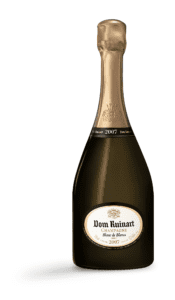
Ruinart Blanc de Blancs 2007
Ruinart Blanc de Blancs
There is, in our view, no better daytime art fair companion than this. Rounded, well formed, well educated, with years of expertise behind it like stumbling on a fabulous sixties pop artist at an unexpected booth. Aesthetically pleasing and rich, like many preview day guests. Buy, buy!
Dom Ruinart Vintage 2007
In a different league altogether. Like walking into a VIP lounge at frieze masters and chatting to Gerhard Richter (note, this has never happened). Delicate, aesthetic yet serious and multilayered, a companion you could be with it all night and not feel weighed down, and you would seek its company again and again. Like a Richter, there is always something else to notice about it.
Dom Ruinart Rosé Vintage 2007
Have you ever bumped in to has Hans-Ulrich Obrist and Olafur Eliasson having a banter at the bar at the Christie’s Vanity Fair Frieze party at midnight? Nor have we, but we reckon this is what it would be like. Engaging, by turns delightful and intellectual, and with deal depth and rigour underneath the fun facade. An ideal guest to the perfect dinner party. Or art fair.
Darius Sanai
Find out more: ruinart.com


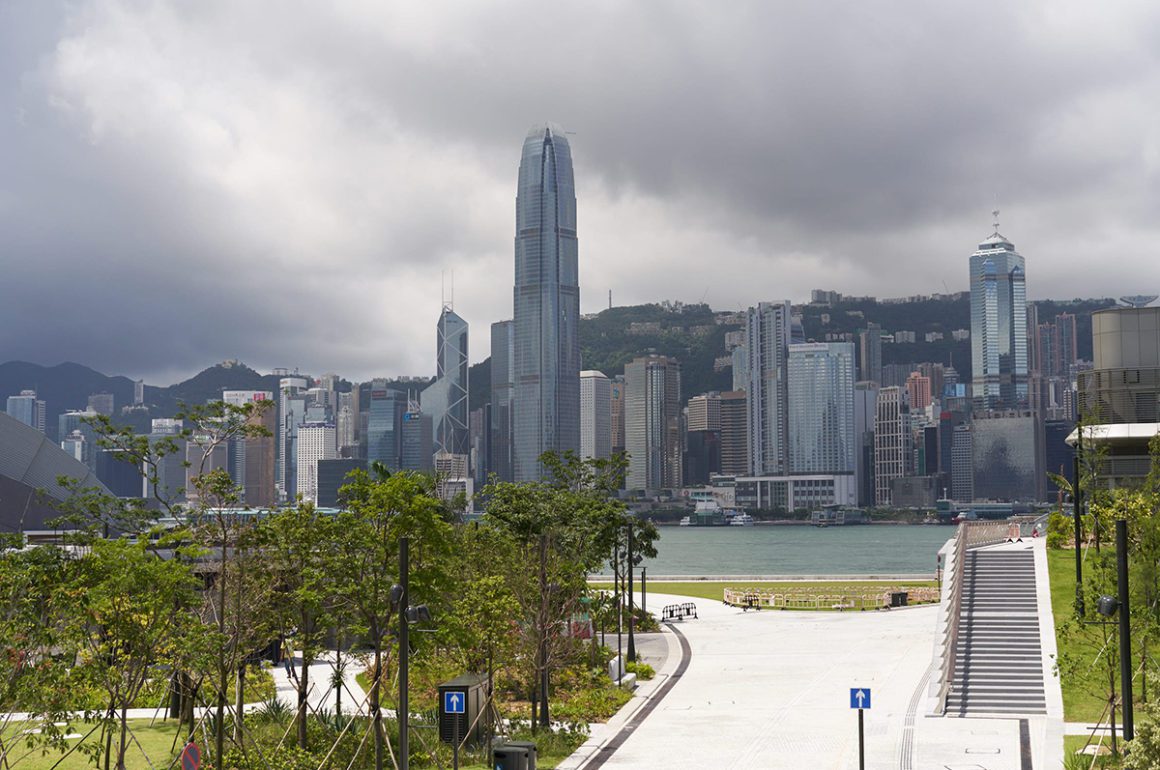
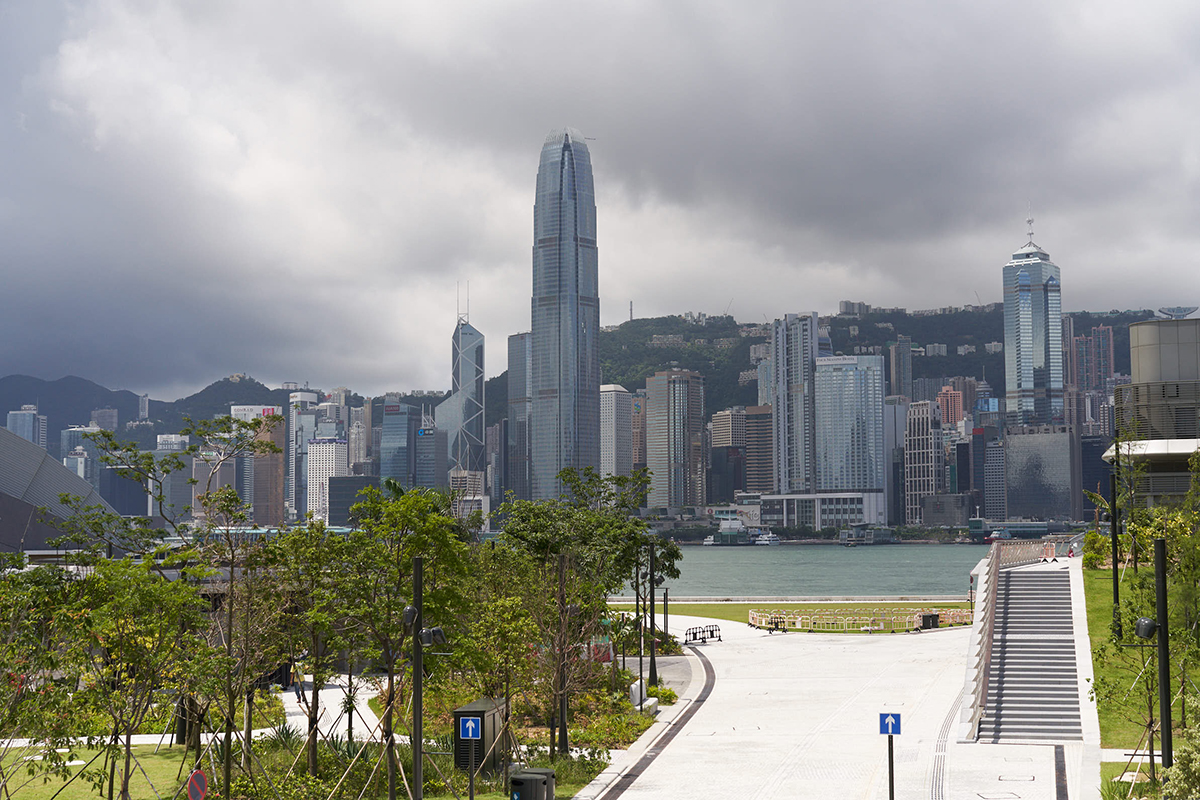
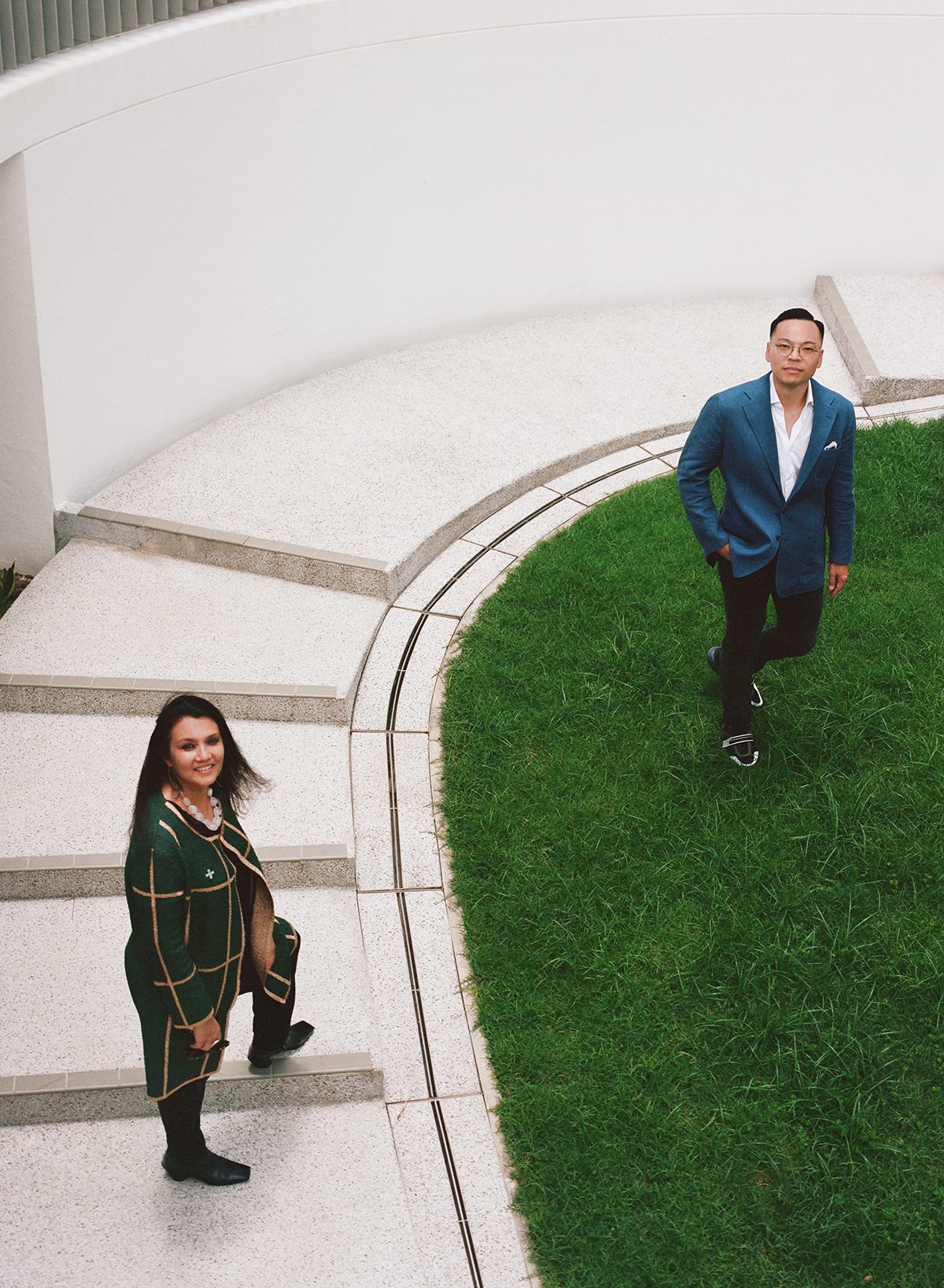
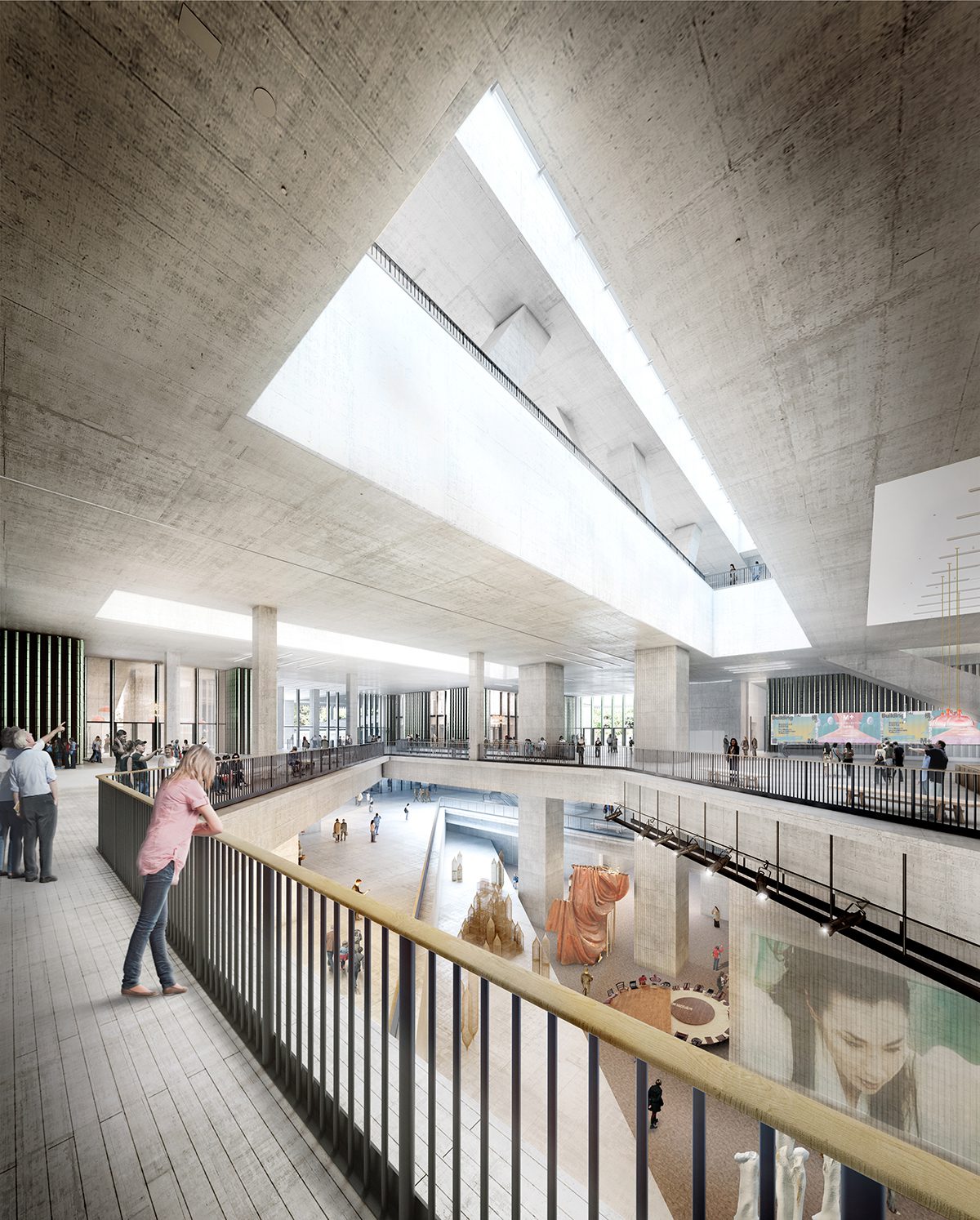





Recent Comments